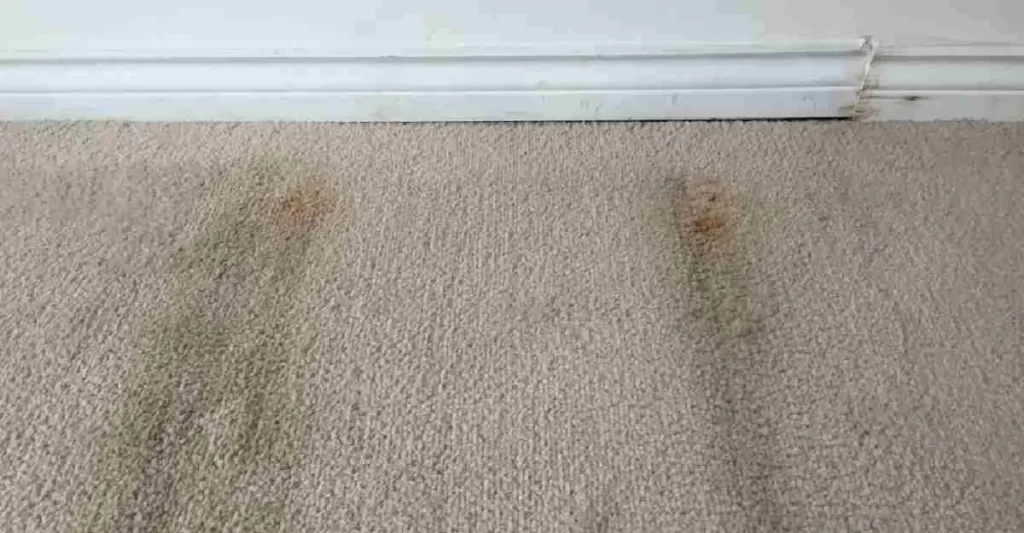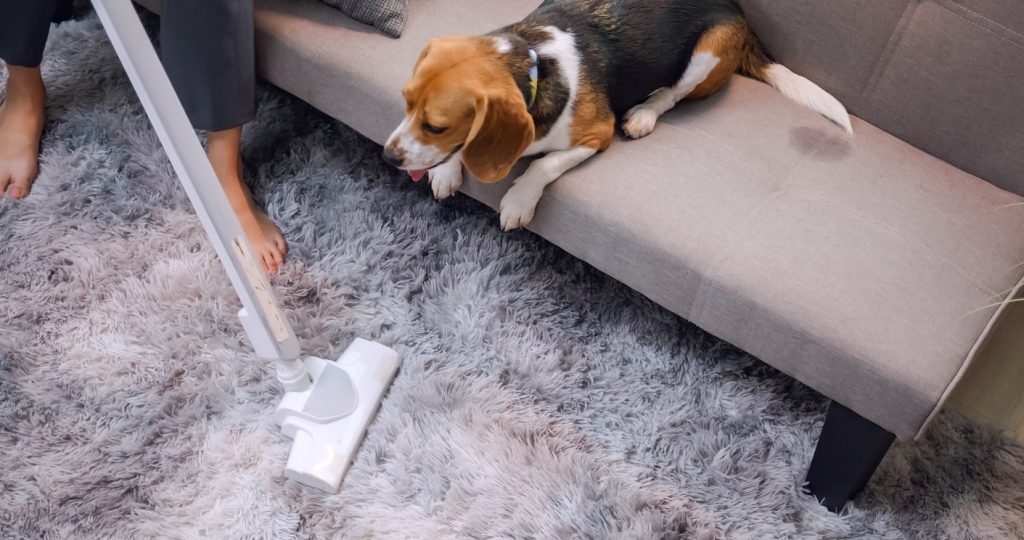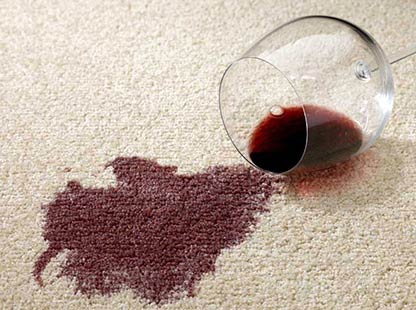How to Remove Mold from Carpet: Effective Cleaning Tips
How to Get Mould Out of Carpet? It might be difficult to deal with stains on the carpet. But doing so is necessary to stop future damage and severe health problems. In addition to leaving mould or any other stains can be risky for you. By following the information given in the blog, you can preserve a mould-free environment and remove stains from carpets. You can restore your carpet’s cleanliness and maintain a healthy living environment with this guide on mould removal from carpets.
Mould produces spores that have the potential to cause allergies and respiratory problems. Well, there is no need to worry as we are here with the latest ideas about removing moulds from carpets.

Step-By-Step Guide On Mould Removal From Carpets
Inspection of carpet
Understanding the type of mould and any potential hazards is essential before beginning the process of mould removal. Mould develops quickly, dispersing its spores throughout your carpet. It grows in moist, humid situations.
Preparation and Safety Measures
It’s important to take the required measures before attempting to remove the mould spots. Mould exposure can result in allergic responses, symptoms of asthma, and other respiratory issues.
To reduce direct contact with mould spores, put on safety equipment including gloves, goggles, and a face mask. For optimal ventilation during carpet mould cleaning, open windows or turn on fans. Then, to stop future contamination, carefully remove any furniture and possessions from the contaminated area.
Try Dry Cleaning For New Moulds Or Surfacial Moulds
Mould spots on the carpet surface can be removed with dry cleaning.
Process:
- To start, use a HEPA-filtered vacuum cleaner to remove any mould spores from the mould-affected area.
- Next, sprinkle borax or baking soda over the stain and gently brush it into the carpet fibres.
- To absorb moisture and remove the mould, let it sit for a few hours.
- To get rid of the powder residue, now, you can vacuum the area once more.
Try Wet Cleaning For Firmly Ingrained Moulds
For stains from mould that are firmly ingrained in carpet fibre, the wet carpet cleaning procedure is better. Start by making a cleaning solution with equal parts water, detergent and white vinegar. To ensure there won’t be any discolouration, test the solution on a hidden portion of the carpet.
Process:
- Using a spray bottle or a clean cloth, apply the solution to the mould-stained area.
- Allow it to sit for 15 to 20 minutes so that it may pierce the form. After that, gently clean the carpet area in a circular motion with a sponge or soft brush.
- Then, use a clean paper towel or cloth. So, that you can wipe the area dry after rinsing with clean water.
- Make sure the carpet is completely dry to avoid mould formation from moisture left behind. By using this way, you can complete mould removal from carpet.
Try Steam Cleaning For Severe Moulds
Carpet steam cleaning is the best possible option for severe mould growth on your carpet. A steam cleaner that produces steam and hot water can be rented.
Process:
- First, get rid of mould spores that are loose in the carpet, and be sure to thoroughly vacuum it before steam cleaning.
- Use the carpet steam cleaner following the manufacturer’s instructions after adding hot water to it.
- Make several passes with the steam cleaner over the mould-stained area slowly to make sure of a thorough carpet mould removal.
- While the vacuum action removes the dirt and moisture from the carpet, steam heat removes the mould spores.
- Following the steam cleaning, let the carpet finish drying.
Preventive Measures
To keep a carpet free of mould, it is important to prevent future mould formation. You can follow these tips:
- Always leave your carpet dry after cleaning it. Be sure that your carpeting room has adequate ventilation, especially in damp areas like bathrooms and basements.
- You can use dehumidifiers to manage humidity levels, quickly dry moisture, and deal with any wetness in the carpet.
- Maintaining regular carpet cleaning and inspection can help you spot any early symptoms of mould growth. You can effectively remove mould stains from your carpet and create a healthier living environment for you and your family.
- To avoid a recurrence, it is equally crucial to locate and get rid of the moisture source while working on carpet mould treatment.
By putting these preventive measures into practice and adhering to the efficient removal procedures outlined above, you can maintain mould-free carpets throughout the year.
Get Expert Help For Mould Removal From Carpet
Carpet mould spots must be removed as soon as possible using the right methods. You may successfully remove moulds and avoid their recurrence using the proper cleaning techniques. But if you didn’t get the result that you want, consider hiring a professional carpet cleaning service. With this, you can preserve the life of the carpet.



